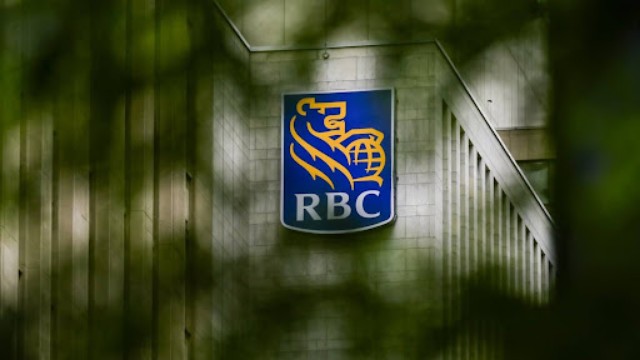
Canada's Inflation Rate Rises to 2% in October, Tempering Expectations for Large Rate Cuts. (Christopher Katsarov/The Canadian Press)
OTTAWA — Inflation in Canada edged up to 2% in October, raising questions about the size of the Bank of Canada’s expected interest rate cut next month.
Statistics Canada reported Tuesday that prices rose at a quicker pace in five of the eight main components of the consumer price index. A key factor in the inflation increase was the slower decline in gasoline prices compared to September.
Douglas Porter, chief economist at BMO, called the inflation rise a “mild disappointment.” He noted, “This serves as a reminder that inflation isn’t a one-way journey downward.”
Despite the uptick, inflation remains close to the Bank of Canada’s 2% target, keeping expectations alive for continued interest rate cuts. However, the size of the next cut, set for December, will depend on how the central bank interprets the latest economic data. Currently, the bank’s key interest rate sits at 3.75%.
Last month, the Bank of Canada reduced its rate by 0.5%, acknowledging that inflation might briefly rebound after hitting a low of 1.6%. Economists like Porter, who predict a smaller 0.25% cut in December, believe this week’s inflation report reinforces their outlook.
“The economy is still performing reasonably well, and inflation has moved back up,” Porter said. “With unemployment leveling off and inflation ticking higher, there’s less urgency for a larger 0.5% cut.”
In the U.S., inflation also climbed in October, rising to 2.6% from 2.4% in September. Federal Reserve Chair Jerome Powell recently emphasized a cautious approach to rate cuts, citing persistent inflationary pressures. Porter warned that Canada’s central bank should adopt a similar stance to avoid overly aggressive rate reductions.
The Bank of Canada is set to announce its next rate decision on December 11, after reviewing fresh data on GDP and November’s job market.
Lower interest rates have already eased shelter costs, with mortgage-related inflation slowing. Rental price growth also moderated, rising 7.3% in October compared to 8.2% in September. However, property taxes and special charges surged by 6% — the fastest annual increase since 1992.
Meanwhile, grocery prices saw a sharper rise last month, up 2.7% from a year earlier. The Bank of Canada’s core inflation measures, which exclude volatile items, also picked up slightly in October, adding to the central bank’s challenges in achieving long-term stability.















